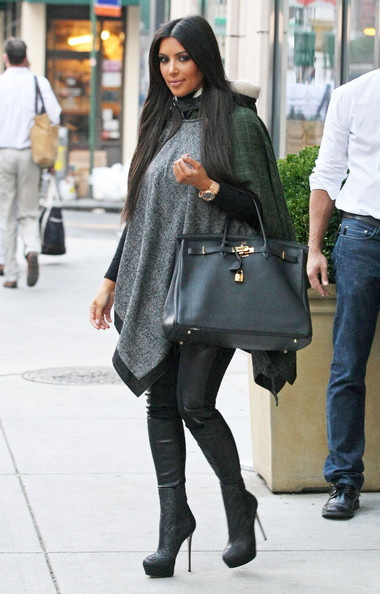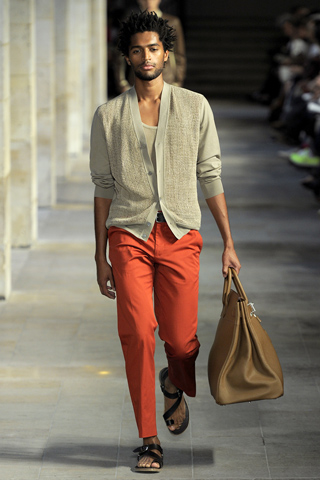Hot in Africa
How African crocodiles contribute to the anatomy of the most expensive handbag on earth
Hermès’ produces the most desirable and undeniably the priciest handbags on earth. The Hermès’ Kelly and Birkin bags are a symbol of wealth and a signature feature of many Hollywood stars and affluent women ‘and men’. The bags which are named after two Hollywood stars (incidentally) Grace Kelly and Jane Birkin respectively are handmade in leather made from crocodile skin, alligators and lizards. The cost of an ordinary purse is a staggering $150,000 with a re-sale value twice the price. The bags are not available on sale online because of their exclusivity. They are thus considered an investment and can be passed on to generations.
The process of making these highly coveted bags is an interesting one which involves skin from crocodiles, lizards and alligators. Almost all work involved is done by hand by artisans who are trained for up to five years before they are allowed to work for the company.
The Nile crocodile (Crocodylus niloticus) from Africa is one of the most used used reptile skin in the making of the bags. The crocodile specie is famed for its big square scales in the middle and then two lines of big round scales down the side. It is the second most expensive and highly sought after crocodile skin in the world. Most of it is sourced from South Africa and Kenya. However the Nilo crocodile can be found in many parts of sub-Saharan Africa including Uganda, Tanzania and Burundi among others. The reptiles are poached and sold off either alive or the skin is cut and sold off. It is reported that the Nile crocodile can grow to weigh over 1,500 pounds and length of close to 20 feet.
The skin is inspected for defects before use. Crocodile skin with mosquito bites and bruises is never used. This thus calls for proper care when dealing with the reptiles. Ranching farms have over the years opened in South Africa and Kenya. These ranches use the most ethical means there can be to brood healthy crocodiles which can make unaffected skin. The skin is exported to companies such as Kering and LVMH which own the most luxurious brands in the world.
This is the amount of skin used to make an average Birkin bag:
- One calfskin
- Three crocodile or alligator skins. Only the underside of the reptile is used because the top is scarred and tough. The belly is used for the front, back, and flap of the bag. The head and tail is used for the bottom, side (also known as the gusset), and handle parts.
- Two ostrich skins so that there are as many follicles as possible
- Four to five lizard skins. Lizard heads and tails are not used.
The skin is cut and put into a plastic tray, along with zippers, locks, hardware, lining, leather string for piping–everything that is required to make the entire bag. This tray is then given to an artisan. Each bag is made from beginning to end by one person; it is their personal creation.
The rest of the process involved includes stitching, sewing, polishing and painting all done by hand. The meticulousness involved will leave you in awe with the reported time taken to make one bag being 48 hours. This kind of craftsmanship makes every single bag different. The reptile skin used which is extremely expensive and hard to find; the craftsmanship involved and the resale value which is said to double over a lifetime, justifies the hefty price tags of these bags. Crocodile skin is used in the making of many other luxury products including wallets, belts and shoes.
How would it feel walking around with a bag made of three crocodiles, one cow, two ostriches and four lizards?
Source: Wikipedia, Style.com, Antwerpsex.wordpress.com.
satisfashionug@gmail.com





0 comments